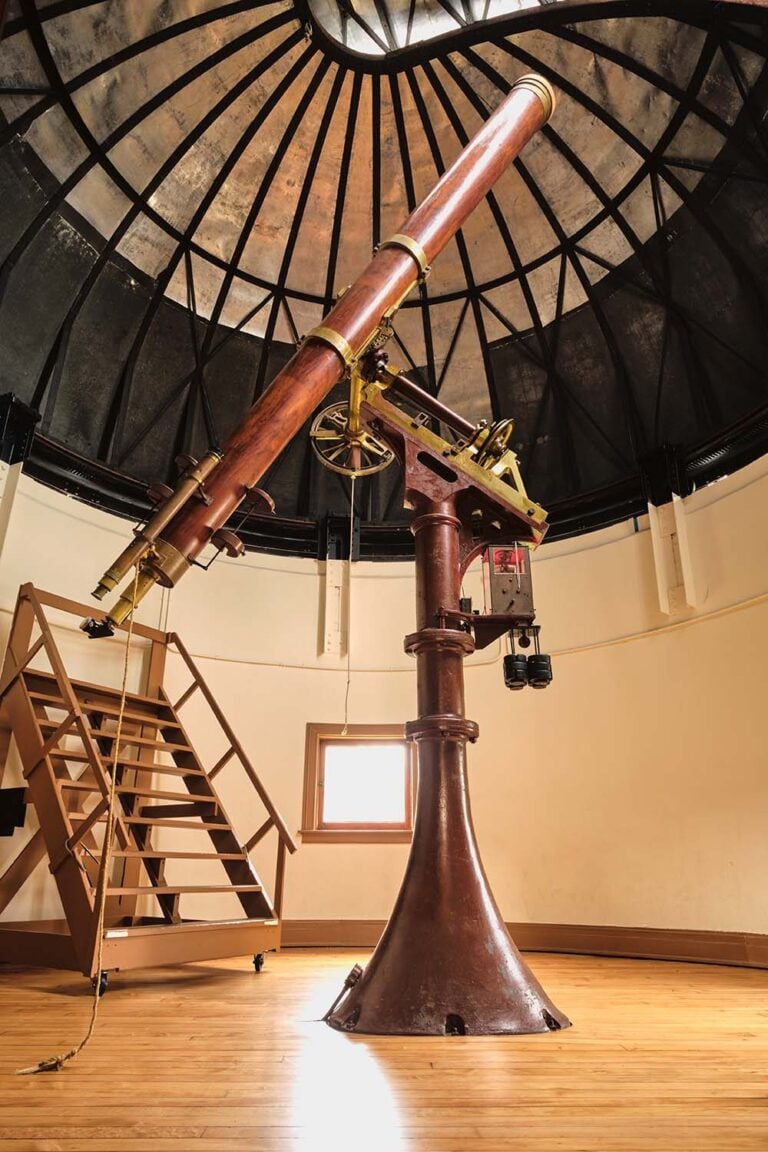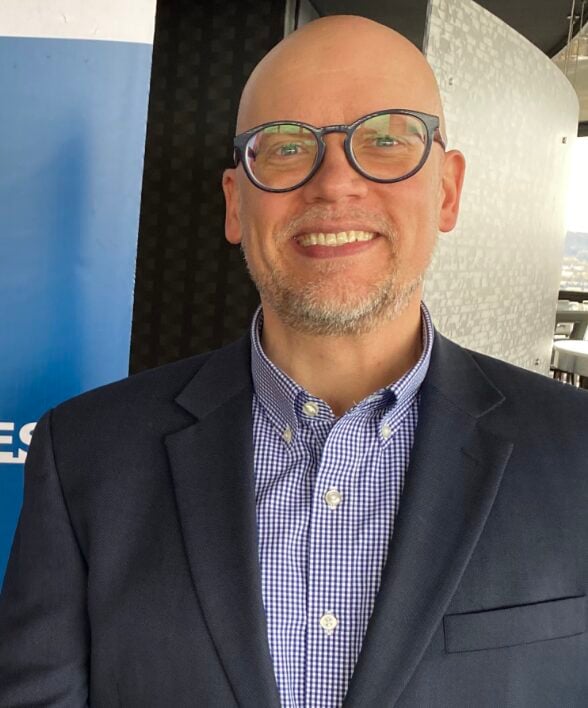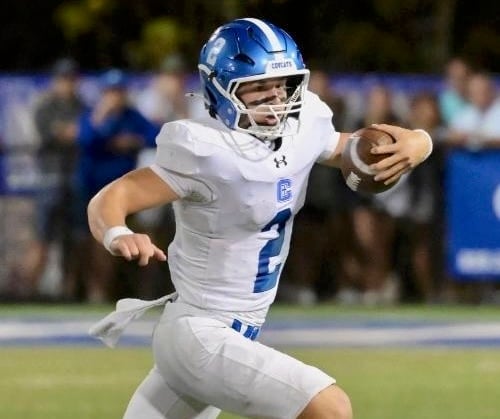Throughout my long 26-year law enforcement career, I touched many bases from patrol to assistant chief. In those middle years my training included being a K9 Officer to the departmental Public Information Officer. However, in 1985 I was selected to attend D.A.R.E. training in Louisville.
This special training meant that I would be teaching a curriculum in public schools from grammar school through high school.
The acronym D.A.R.E. stands for Drug Abuse Resistance Education.

Simply put, it addresses drug abuse and resistance techniques within those very dangerous school years when students were subjected to peer pressure.
D.A.R.E. was most prominent in the 1980s and 90s. At the height of its popularity it was found in 75% of American school districts and was funded by the US government. The program consisted of uniformed police officers who would teach the curriculum via a work book in the classrooms of elementary, junior high, and high school. Included was a stern informative warning that drugs are addictive, harmful and should be refused. Another key impacting factor was that D.A.R.E. sought to educate students on how to resist peer pressure they would encounter to take drugs. The program also condemned alcohol, tobacco, graffiti, bullying, and peer pressure.
The results of the program were shown to be effective in reducing drug use among students with positive feedbacks from both the teachers and the students.
The Police Officer in the classroom quickly became not only a friend to the students, but a very solid role model as well.
1998 unfortunately brought an end to the funding of D.A.R.E.
There was untrue criticism in regard to the program being – “not effective because it was taught by a police officer rather than “addiction prevention specialists.” Other criticism discussed was equally untrue, “There will always be an element in any classroom that views the Police Officer as an “oppositional force. . . Everyone does not view the police in a positive light.”

D.A.R.E. was replaced by K.I.R. which meant “Keeping it REAL.” This too, had its own acronym for the capitalized REAL: Refuse-Explain-Avoid-Leave The plan was to improve decision-making and communication skills, through peer interaction and role playing. A typical lesson plan would cover the 3 R’s- Recognize, Resist, and Report. The K.I.R. workshops would have students working together, practicing saying no etc.
At the end of the day, it was ironic that it all sounded very familiar to D.A.R.E.
Whatever long term success gained in the alternative over the years would be up to tons of speculation and opinion.
It’s been 38 years since my D.A.R.E. graduation in Louisville and subsequent teaching in the Ashland, Kentucky school system. I retired from APD in 1990. However, I can proudly say that my years of teaching D.A.R.E. to the Ashland kids was and still is, one of the most rewarding experiences of my life.
There are two ( 2 ) instances that are very vivid within my memory. The first is from Charles Russell Elementary. It was late November and I entered my classroom and after roll call, the teacher turned the classroom over to me for the daily lesson. The students seem to love interacting with me, in fact, they all called me “Mr. T” which pleased me very much. After class, the teacher mentioned to me that the students had a special surprise. The class right on cue, began singing Happy Birthday and rolled out a large birthday cake. That interaction with my students was worth every minute I spent in training and teaching our program.

The principal was in the classroom that day and informed me that the students really looked forward to our weekly class. She further stated that she knew they loved it.
The 2nd incident was after I retired. It was 1992 and I was in the Ashland Town Center Mall at a jewelry store looking for a gift. The sales lady asked: “ You’re Officer Tussey aren’t you?” Surprisingly, I answered yes I was, but since had retired. She then began telling me she was indeed a student in my D.A.R.E. class when she was at Hager Elementary in 1985. She further stated that she and the entire class loved it so much when I came to teach D.A.R.E. The real key to it all was that she in fact remembered me, but my name as well. It was without any doubt, a worthy positive note for the D.A.R.E. program reflecting the very positive impact of the Police Officer in the classroom.

The Ashland D.A.R.E. program was supported by civic groups like the Ashland Optimist Club who funded classroom rulers for every D.A.R.E. class in the school system. I remember passing them out to the students and pointing out the information on the back of the ruler which was the very essence of D.A.R.E.
The 8 ways to say NO to Drugs:
• Saying No Thanks
• Giving a reason or excuse
• Broken record – say No as often as necessary
• Walking away
• Changing the subject
• Avoid the situation
• Cold Shoulder
• Strength in numbers.
I understand that D.A.R.E. returned to schools in 2017.
Today, there are thousands of Law Enforcement agencies across the country that once again proudly sponsor the D.A.R.E. program and Officers back in the classroom. Here in Northern Kentucky, these agencies are currently teaching D.A.R.E.: Florence PD, Villa Hills PD, Edgewood PD, and the Bellevue Police Department as well.
Looking back to my hometown area: The Boyd County Sheriff’s Office and Flatwoods Police Department, and the Greenup County Sheriff’s Office.
Those years I spent in the classrooms teaching personal skills, and how to keep their self esteem, were some of best years of my life.
My interactions with all the students, teachers and principals, created a solid feeling that the Police Officers of that generation did indeed make a difference in so many ways.
I think we can count those dividends today.
To all my former D.A.R.E. students: THANKS FOR THE MEMORIES. To all fellow D.A.R.E Officers, past and present, I salute you. It was indeed an honor to serve and being on the “Team.”






















Thanks Rik! Much appreciated!
Thanks! Great to hear from Amanda and that she loved our Class…!
nice article
Amanda Brenneman vividly remembers you coming to her classroom to teach DARE. She said you were great!